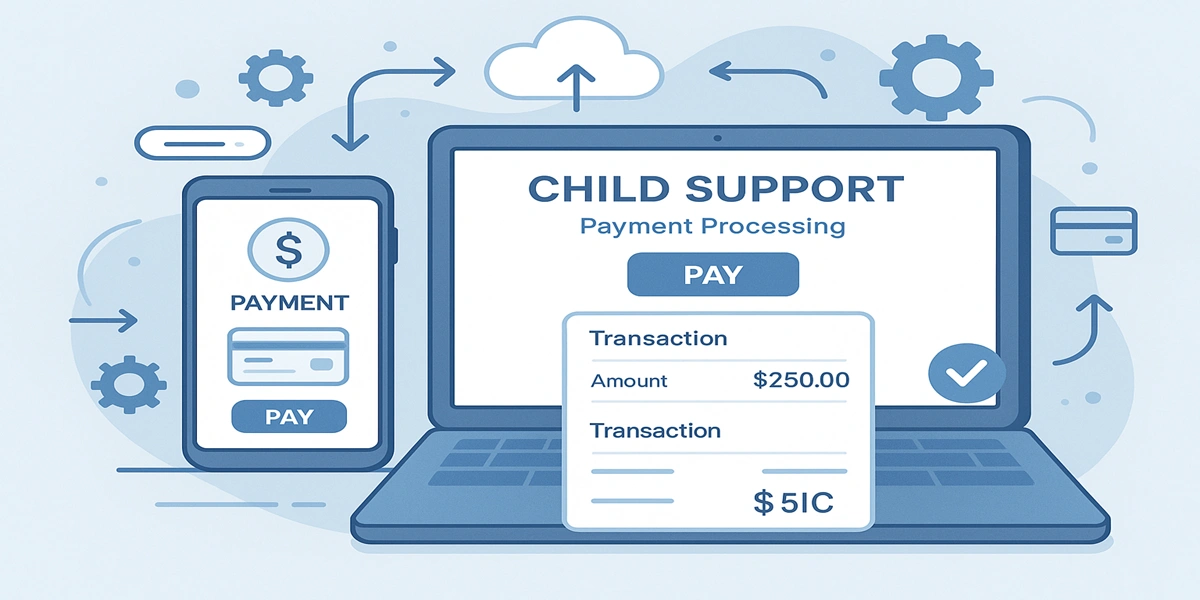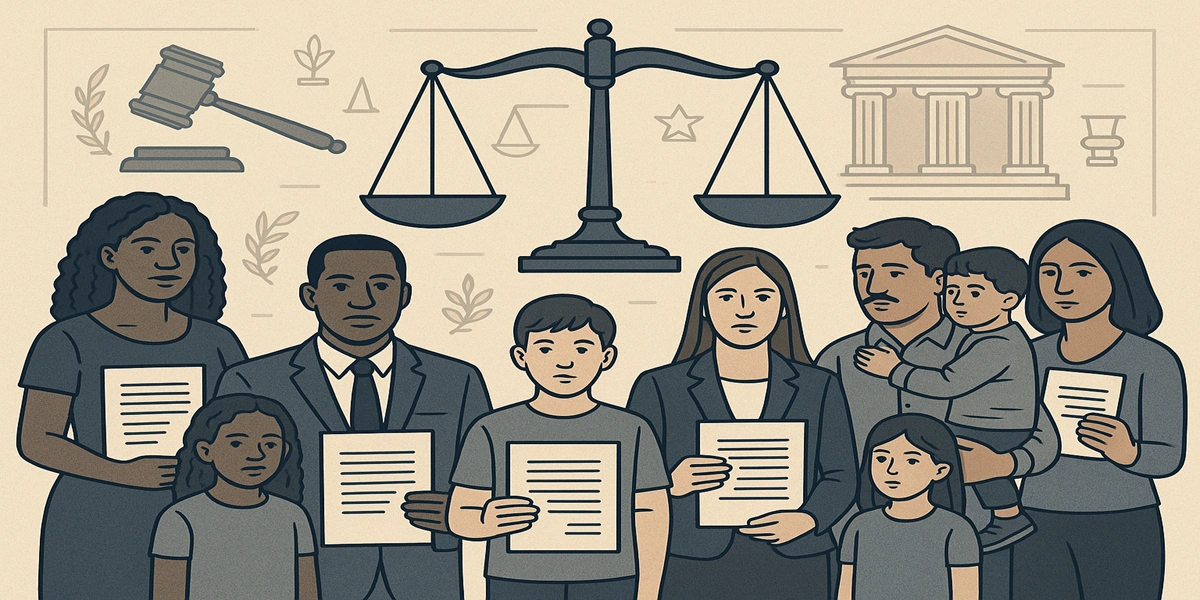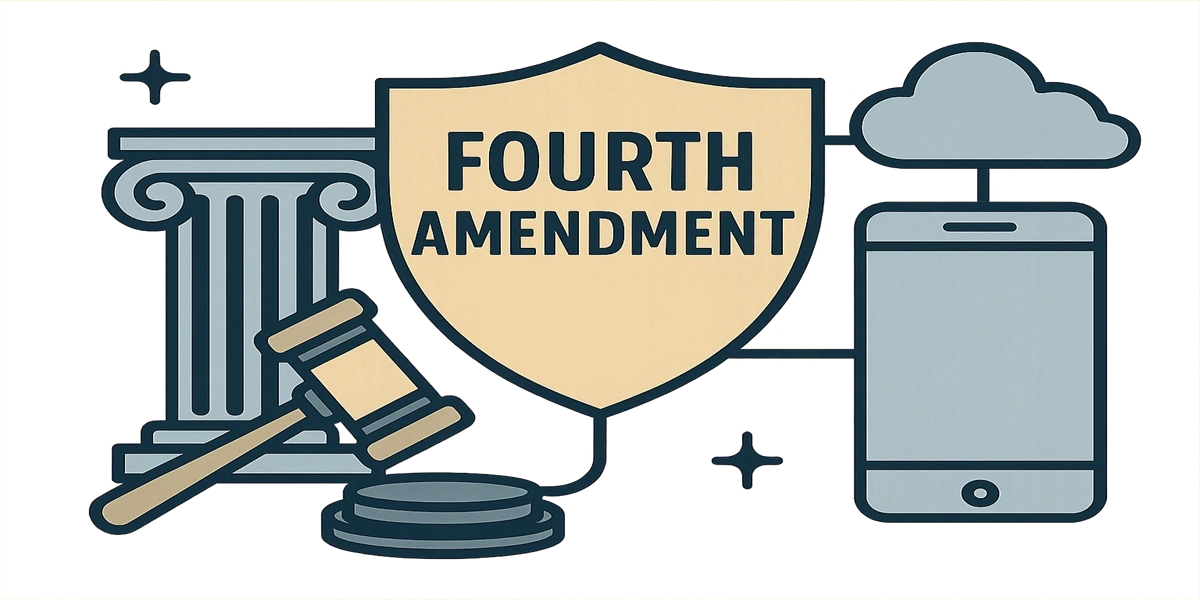New Child Support Law: The year 2025 has brought the most significant changes to child support law in over a decade, fundamentally transforming how payments are calculated, enforced, and modified across the United States. These comprehensive updates address modern family dynamics, economic realities, and technological advances that previous laws failed to capture.
Understanding the 2025 Child Support Revolution
The Supporting America’s Children and Families Act (H.R.9076), signed into law on January 4, 2025, represents the first meaningful reform to child welfare and support systems since 2008. This federal legislation, combined with state-level updates, creates a more equitable and responsive system for millions of American families.
The changes affect three critical areas: income calculation methods, enforcement mechanisms, and modification processes. These reforms aim to eliminate long-standing inequities while ensuring children receive adequate financial support regardless of their parents’ work arrangements or living situations.
Expanded Income Definitions Transform Payment Calculations
One of the most impactful changes involves how courts calculate child support law obligations. The 2025 updates recognize the reality of modern work arrangements, particularly the growing gig economy.
New income sources now included in calculations:
- Gig economy work (Uber, DoorDash, freelance platforms)
- Cryptocurrency earnings (where trackable)
- Rental income and passive investments
- Freelance contracts and consulting work
- Bonuses, commissions, and irregular payments
This comprehensive approach prevents parents from avoiding support obligations by working outside traditional employment structures. States have implemented advanced technology to detect, verify, and include these income streams in support formulas.
For parents working multiple gig jobs, courts now require detailed documentation of all income sources. The burden of proof has shifted to ensure complete financial disclosure, making it significantly more difficult to underreport earnings.
Shared Custody Gets Fair Treatment
The 2025 reforms finally address a major criticism of previous child support systems: unfair treatment of shared custody arrangements. Courts now place greater emphasis on actual parenting time rather than outdated formulas that favored one parent regardless of involvement.
Key shared custody improvements:
-
Standardized overnight calculations across jurisdictions
-
Proportional income contributions based on time spent with children
-
Recognition of day-to-day expenses shared by both parents
-
Elimination of automatic payer designation in 50/50 arrangements
Previously, even parents with equal custody time could face significant support obligations. The new formulas create more balanced arrangements that reflect real-world parenting responsibilities and expenses.
Streamlined Modification Process Reduces Delays
Perhaps the most parent-friendly change involves the modification process. The 2025 updates eliminate many barriers that previously made adjusting support orders lengthy and expensive.

Modification improvements include:
- Reduced waiting periods from 2-3 years to as little as 6 months
- Online portals for digital modification requests
- Self-service options eliminating the need for attorneys in basic cases
- Virtual hearings for remote and international workers
States must now notify parents every three years of their right to request reviews, with many offering automated reminders through digital platforms. This proactive approach helps ensure support orders remain current with changing circumstances.
Enhanced Enforcement With Automated Tools
Enforcement mechanisms have become significantly more sophisticated and automated under the 2025 reforms. The goal is consistent payment collection while providing fair processes for compliant parents.
New enforcement tools:
- Automatic wage garnishment through digital payroll systems
- Real-time license suspension for professional, driver’s, and recreational licenses
- Cryptocurrency tracking and digital asset monitoring
- International cooperation for cross-border enforcement
- Passport restrictions for debts exceeding $2,500
These automated systems reduce administrative costs while increasing collection rates. However, courts also emphasize preventative measures, offering modification assistance before support becomes unmanageable.
Protection for Low-Income Parents
The 2025 updates include important safeguards to prevent pushing parents into poverty through excessive support obligations. New self-support reserve tests ensure paying parents retain enough income for basic living expenses.
Low-income protections:
- Graduated payment plans for temporary financial hardship
- Minimum income thresholds adjusted for current poverty levels
- Emergency relief programs for unemployment or crisis situations
- Incarceration modifications with streamlined processes
These reforms acknowledge that impoverishing parents ultimately harms children and reduces long-term support collection success.
Impact on Different Parent Types
Custodial Parents
- More consistent payments due to enhanced enforcement
- Better income tracking of non-custodial parents
- Easier modification access when circumstances change
- Enhanced medical support provisions
Non-Custodial Parents
- Fairer shared custody calculations reducing payments for involved parents
- Recognition of all work types including gig economy income
- Faster modification for legitimate financial changes
- Protection from poverty-level obligations
Gig Economy Workers
- Comprehensive income tracking across all platforms
- Quarterly income averaging for irregular earnings
- Digital payment integration with support collection systems
- Professional guidance for complex income situations
State-by-State Implementation Variations
While federal guidelines provide the framework, individual states have implemented unique variations. Virginia raised its income cap by 21% in July 2025, the first adjustment since 2014. Michigan updated its formula with 21 specific changes, including modified childcare age limits and medical expense thresholds.
Kansas implemented new guidelines in May 2025, while Massachusetts and other states continue reviewing their frameworks to comply with federal requirements.
Key Changes Summary Table
| Change Area | Previous System | New 2025 System | Impact |
|---|---|---|---|
| Income Calculation | Limited income sources counted | Includes gig work, crypto, freelance income | More accurate support calculations |
| Shared Custody | Basic overnight calculations | Standardized parenting time adjustments | Fairer payment distribution |
| Modification Process | 2-3 year waiting periods | Modifications possible after 6 months | Faster response to life changes |
| Enforcement Tools | Manual enforcement processes | Automated wage garnishment & license suspension | Higher compliance rates |
| Low-Income Protection | Fixed minimum thresholds | Self-support reserve test implemented | Prevents parent poverty |
| Gig Economy Income | Often underreported or missed | Digital tracking & verification systems | Captures all income streams |
| Medical Support | Basic coverage requirements | Enhanced medical expense sharing | Better healthcare coverage |
| Poverty Guidelines | Outdated poverty calculations | Updated to reflect current inflation | Realistic living cost considerations |
What Parents Should Do Now
Immediate action steps:
- Review existing orders using updated state calculators
- Gather comprehensive income documentation including all gig work
- Document parenting time accurately for potential modifications
- Understand new enforcement consequences for non-payment
- Consult with family law attorneys familiar with 2025 changes
For modification requests:
- Use new online portals where available
- Prepare detailed financial documentation
- Document significant circumstance changes
- Consider mediation for cooperative modifications
Looking Forward: The Future of New Child Support Law
The 2025 reforms represent a fundamental shift toward modernizing child support systems for contemporary family structures. By recognizing diverse income sources, fairly treating shared custody, and streamlining processes, these changes benefit children while creating more equitable obligations for parents.
The emphasis on automation and digital tools reduces administrative burdens while improving collection rates. However, the inclusion of poverty protections and modification accessibility ensures the system serves families rather than simply maximizing collections.
These comprehensive changes mark the beginning of a new era in new child support law, one that better reflects the realities of modern American families while prioritizing children’s welfare above all else.
The 2025 new child support law reforms create a more balanced, fair, and responsive system that acknowledges modern work patterns, family structures, and economic realities. Parents navigating these changes should stay informed about their state’s specific implementations and take advantage of new tools and protections designed to make the system work better for everyone involved.
Read also: Evolution and scope of administrative law






